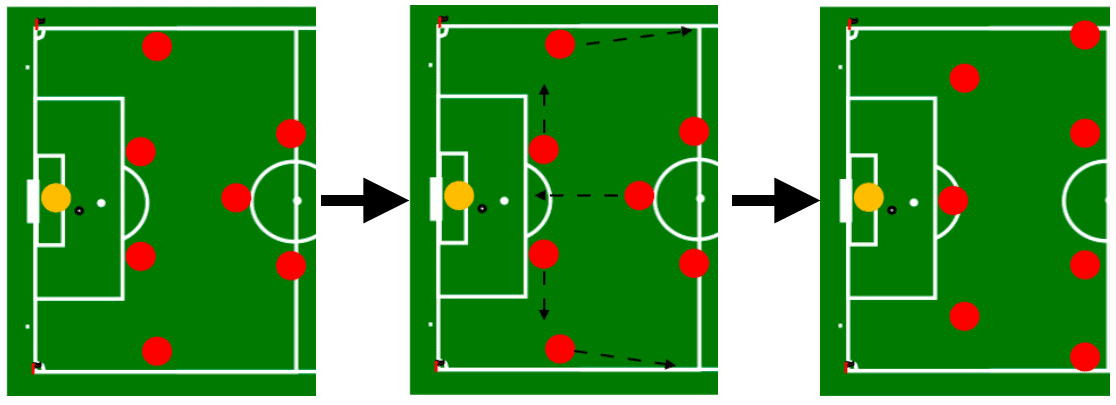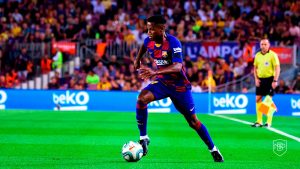In recent years we have heard a lot about the Lavolpiana build up in the world of football. Some people use it if they are aware, and others believe they use it without being very clear about how it is done or what to look for with it.
To understand a bit better what it is and assess whether it is useful or not for our game model, we believe it is necessary to go back to its origins discovering where it was born and what is sought with it from the mouth of its “creator”, Ricardo La Volpe .
Ricardo La Volpe
The concept is named after Argentine coach Ricardo La Volpe, a professional coach who has developed much of his career in Mexican football and who has devoted much of his efforts to instilling in his teams automatisms such as this start from the starting area. .
In Spain it began to be habitual in the 2009-10 season as it was an automatism widely used by Pep Guardiola’s FC Barcelona. Pep, was inspired by La Volpe in his journey as a player in Mexico where this concept is more entrenched since the Argentine coach practiced since the mid-90s this outing with his teams, including the Mexican national team.
Lavolpiana build up
Lavolpiana build up or also known three man build up, is a concept used in football to refer to the start of the offensive phase of a team when:
- In a supposed defensive line formed by 4 players (2 central-backs and 2 fullbacks), becomes a line of 3, incorporating their fullbacks to the next line of play in wide and depth.
- Therefore leaving the line of 4 leaving only 2 players, and opening hollow wide of the central for the inclusion of a midfielder between them, which will come from the next line to the starting line, thus going from 2 to 3 members in this first line of play.

The lavolpiana build up is not associated with a particular game model. This has been used by teams with a more associative game, by teams with a more direct game, by teams that have been successful or by more humble teams.
But what is certain is that it has a marked associative character when looking for a concrete situation to obtain advantages in the next line of play and thus link the start phase with the construction phase with a short game.
As it is evident, this exit has many variants depending on the structure of the equipment that uses it. Sometimes, we see how the midfielder can stand on one side of the center, and not between them.
Goals
As the author has commented in numerous interviews, the objectives of the use of this output can be the following:
- Try to drag a rival player from the media line forward to generate useful spaces that you can leave behind, with the movement of the MC coming to defensive line.
- Add the laterals to the next line to look for numerical superiority. (We went from 3 to 4 players there, or from 4 to 5).
- To form rhombuses, where each player of the defensive line has a diagonal support inside and outside in the following line. This player is going to ensure that he has a good body orientation to overcome his direct rival in case the pass reaches him.
- In the case of having these lines closed, we will allow a player of the second line to come to receive those intervals to receive a vertical pass and thus use the concept of the “3rd man”.






